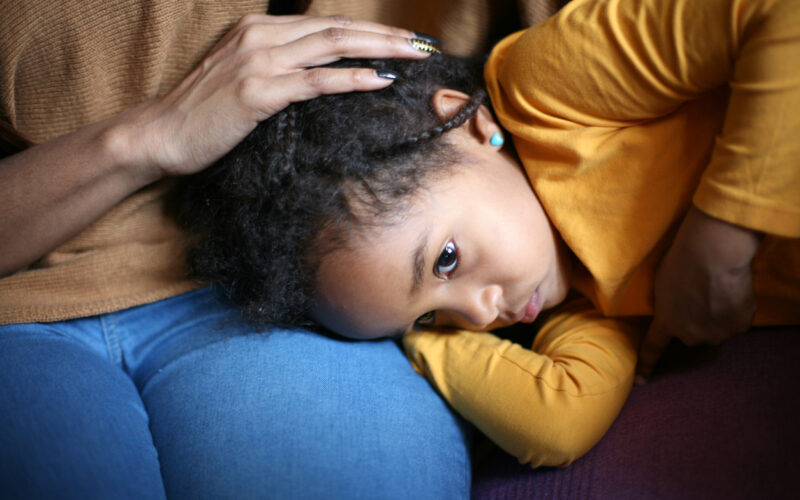How Do We Hear
JUNE 3, 2022
Our ear is made up of three parts: outer ear, middle ear and inner ear. These parts all work together so we can hear and process sounds.
Outer Ear Sound waves enter the ear canal, travel to the eardrum and cause it to vibrate.
Middle Ear After the vibrations hit the eardrum, a chain reaction takes place. Your eardrum sends vibrations to the three small bones in your middle ear called the ossicles. The last bone sends these vibrations along a snail shaped structure called the cochlea.
Inner Ear Inside the cochlea there are thousands of hair cells. When the cochlea vibrates, the hair cells move. The movement of the hair cells send messages to the brain by the auditory nerve. The brain interprets the sounds that we hear. Therefore, we hear with our BRAIN, the ears are just a way in.
To understand how to measure hearing, it is important to understand two important aspects of sound, loudness and pitch.
Loudness: Sound can be soft (like the sound of whispering) or loud (like the sound of an airplane taking off).
Pitch: Sounds can be low in pitch (like the sound “oooo”) or high in pitch (like the sound “ssss”).
Audiogram
An audiogram is a graph used to show the softest sounds a person can hear at different pitches.
The softest sound a person can hear is known as their hearing threshold. The loudness of the sounds is measured in decibels (dB) and the scale ranges from -10dB to 100dB. Loudness is located on the y axis (vertical axis) of the audiogram. Pitch is measured in hertz (Hz) and is shown on the x axis (horizontal axis) of the audiogram. The scale ranges from 250Hz to 8000Hz as these are the most important pitches when considering hearing loss.
When reading an audiogram, one can see how a loud a sound has to be at a given pitch in order for the person to be able to hear it. This helps us to understand the different degrees of hearing loss.
Degrees of Hearing Loss
Degree of hearing loss refers to the severity of the hearing loss. There are six categories that are typically used for children:
- Minimal or slight hearing loss – 16-29dB
- Mild hearing loss – 30-40dB
- Moderate hearing loss – 41-55dB
- Moderately severe hearing loss – 56-70dB
- Severe hearing loss – 71-90dB
- Profound hearing loss – 91dB or greater
Hearing losses can occur in the outer ear, middle ear or inner ear.
Conductive Hearing Loss
Conductive hearing loss happens when sound is not sent clearly through the outer ear canal to the eardrum and the tiny bones of the middle ear.
Some common causes of conductive hearing loss are:
- Ear infections
- Fluid in the middle ear
- Wax in the external ear
- Objects in the ear canal
- A hole or tear in the eardrum
Most types of conductive hearing loss can be taken care of medically or surgically.
Sensorineural Hearing Loss
Sensorineural hearing loss happens when there is damage to the inner ear or to the nerve pathways from the inner ear to the brain. Sensorineural hearing loss cannot be medically or surgically corrected. It is a permanent hearing loss.
Sensorineural hearing loss affects both the ability to hear faint sounds and the ability to hear clearly.
Some common causes of sensorineural hearing loss in children are:
- Viruses
- Diseases
- Birth injury
- Genetic factors
- Drugs which are toxic to the auditory system
Mixed Hearing Loss
Sometimes a conductive hearing loss occurs in combination with a sensorineural hearing loss. There may be damage to the outer or middle ear, and the inner ear or auditory nerve. This is referred to as a mixed hearing loss. For example, children with sensorineural hearing loss can develop ear infections with fluid in the middle ear.
Central Hearing Loss
Central hearing loss involves problems with making sense of, or processing information in the brain.
Progressive Hearing Loss
Progressive hearing loss is a hearing loss that becomes worse over time.
Are you concerned about a progressive hearing loss? Please answer the following questions to determine if your child may require further assistance.
- Does your child have difficulty responding when sound is presented?
- Does your child have difficulty looking from speaker to speaker?
- Does your child perform poorly in the presence of background noise/distance?
- Does your child rely on visual information to understand?
- Does your child appear fatigued?
- Does your child have difficulty figuring out where sounds are coming from?
- Does your child rely on listening with one ear more than with the other?
- Does your child ask you to repeat what you said?
- Does your child appear to hear but does not understand?
If you have answered yes to one or more of these questions, please have your child’s doctor make an appointment to see an audiologist or the Infant Hearing Program.
Most children with hearing loss have some degree of residual hearing. In many cases, hearing technology can help children access speech sounds.
Hearing Aids
Hearing aids are usually the first technology used to help a baby with hearing loss access sound. They do not correct the hearing loss but make the incoming sounds louder to help the child hear them. Hearing aids can be fit on infants of any age. The earlier the hearing aids are fit, the better, because of the need to take advantage of the time when the child’s brain is still developing and readily able to learn new information.
For more information about hearing aids, please speak with your child’s audiologist.
Cochlear Implants
Not all children can benefit from hearing aids. Some may require cochlear implants to access the sounds of speech.
The cochlear implant is a surgically inserted device designed to provide sound information to children with severe to profound hearing loss.
Cochlear implants compensate for the damaged or non-working parts of the inner ear. The cochlear implant bypasses some of the damaged parts (hair cells) of the inner ear and stimulate different hearing nerves which then send the information to the brain.
For more information about cochlear implants, please consult with your child’s audiologist.
This article was originally published on www.toronto.ca.


